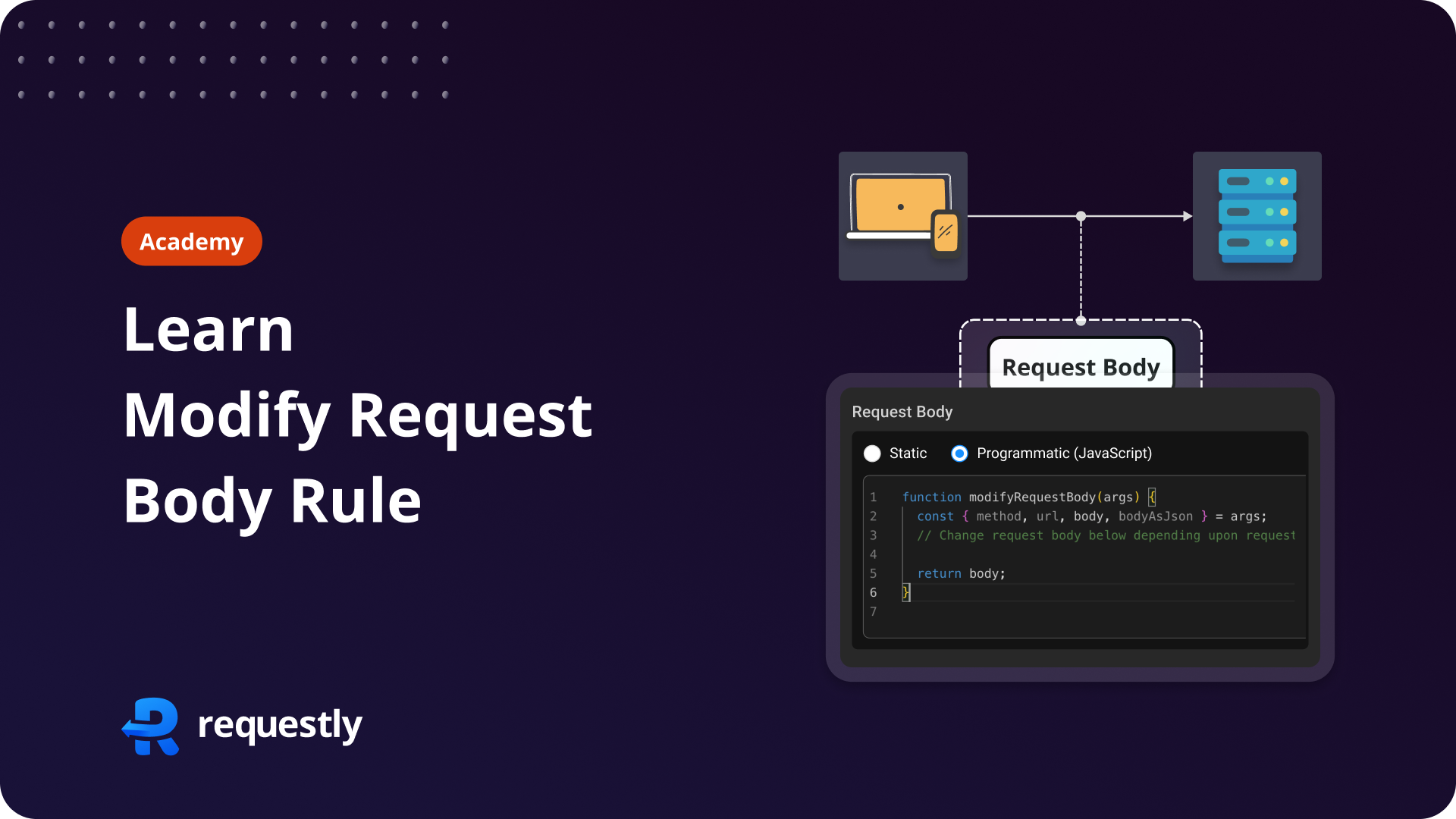Mastering Smart Request: The Ultimate Guide To Effortless Assistance
Whether you're managing your smart home devices, seeking customer support, or automating workflows, mastering the art of smart requests can significantly enhance your digital experience. This comprehensive guide will take you through everything you need to know about smart request technology, from its fundamental principles to advanced applications. In today's fast-paced digital landscape, smart request systems have become essential tools for both personal and professional use. These intelligent systems leverage artificial intelligence, natural language processing, and machine learning to understand and execute user commands with remarkable accuracy. The growing popularity of virtual assistants, chatbots, and smart home devices has made smart request functionality a crucial aspect of modern technology. As we delve deeper into this topic, you'll discover how these systems work, their various applications, and how to optimize your interactions with them. This article serves as your complete resource for understanding and utilizing smart request technology effectively. We'll explore the technical foundations of smart request systems, examine their practical applications across different industries, and provide valuable tips for crafting effective requests. Whether you're a tech enthusiast, a business professional, or simply someone looking to make technology work better for you, this guide will equip you with the knowledge and tools to harness the full potential of smart request systems.
Table of Contents
- What Exactly is Smart Request?
- How Does Smart Request Technology Work?
- What Are the Practical Applications of Smart Request?
- How Can You Optimize Your Smart Request Commands?
- What Are the Security Considerations for Smart Request?
- How Is Smart Request Transforming Industries?
- What Does the Future Hold for Smart Request Technology?
- Frequently Asked Questions About Smart Request
What Exactly is Smart Request?
Smart request refers to the sophisticated process of interacting with digital systems through natural language commands that are interpreted and executed by intelligent software. These requests go beyond simple voice commands or text inputs; they represent a comprehensive approach to human-computer interaction that understands context, intent, and user preferences. The smart request system acts as an intermediary between users and various digital services, translating human language into actionable commands that multiple devices and applications can understand and execute.
The evolution of smart request technology has been remarkable. Initially, these systems were limited to basic voice recognition and simple command execution. However, advancements in artificial intelligence and machine learning have transformed them into powerful tools capable of handling complex tasks. Modern smart request systems can manage multi-step processes, maintain context across conversations, and even anticipate user needs based on historical data and patterns. This evolution has made smart request functionality an integral part of our daily digital interactions.
Read also:Kristi Noem Children Ages A Complete Overview Of The Governors Family Life
Several key features distinguish smart request systems from traditional command interfaces. These include natural language understanding, context awareness, multi-modal interaction capabilities, and adaptive learning. The technology can process requests through various input methods, including voice commands, text messages, and even gestures in some advanced systems. Moreover, smart request platforms often integrate with multiple services and devices, creating a unified ecosystem that responds to user commands seamlessly across different platforms and environments.
How Does Smart Request Technology Work?
Understanding the inner workings of smart request technology requires examining its sophisticated architecture and processing mechanisms. At its core, the system operates through a series of interconnected components that work in harmony to interpret and execute user commands accurately. When a user issues a smart request, the system initiates a complex sequence of operations that involves multiple layers of processing and analysis.
Core Components of Smart Request Systems
The architecture of smart request technology comprises several crucial elements that ensure its functionality and efficiency. These components include:
- Input Processing Module: This component handles the initial reception of user requests through various channels such as voice, text, or gesture recognition systems.
- Natural Language Understanding (NLU) Engine: The NLU engine parses the input to extract meaning, identify intent, and recognize key entities within the request.
- Context Management System: This crucial component maintains conversation history, user preferences, and environmental factors to ensure contextually appropriate responses.
- Decision Engine: The decision-making component evaluates possible actions based on the interpreted request and available system capabilities.
- Execution Layer: This final component translates the decision into specific actions across connected devices and services.
The Role of AI in Smart Request Processing
Artificial Intelligence serves as the backbone of smart request technology, enabling its most sophisticated capabilities. Machine learning algorithms continuously improve the system's performance by analyzing past interactions and user behavior patterns. These algorithms help the system adapt to individual user preferences, recognize speech variations, and handle ambiguous requests more effectively.
Deep learning models play a crucial role in enhancing the system's understanding of complex language structures and contextual nuances. Through neural networks, smart request systems can process multiple languages, understand regional dialects, and even detect emotional tones in user requests. The integration of AI also enables predictive capabilities, allowing the system to anticipate user needs based on historical data and environmental factors.
Furthermore, AI-powered smart request systems employ advanced techniques such as sentiment analysis, entity recognition, and intent classification to ensure accurate interpretation of user commands. These capabilities enable the system to handle increasingly complex requests while maintaining high levels of accuracy and responsiveness. The continuous learning aspect of AI ensures that smart request systems become more efficient and intuitive over time, adapting to both technological advancements and evolving user expectations.
Read also:Discover The Best Of Hd4hub Movie Hindi Your Ultimate Guide To Bollywood Entertainment
What Are the Practical Applications of Smart Request?
Smart request technology has permeated numerous aspects of modern life, offering innovative solutions across various sectors. Its versatility and adaptability have made it an essential tool in both personal and professional environments, transforming the way we interact with technology and manage our daily tasks. From home automation to enterprise solutions, smart request systems have demonstrated their value through diverse applications that continue to expand as technology advances.
Smart Request in Home Automation
The integration of smart request systems in home automation has revolutionized residential living, creating truly intelligent living spaces. These systems enable homeowners to control various aspects of their environment through simple voice commands or text requests. Common applications include:
- Lighting control and ambiance management through voice-activated scenes
- Temperature regulation and climate control systems
- Security system management, including door locks and surveillance cameras
- Entertainment system control, from music playback to home theater setups
- Smart appliance management, including kitchen devices and laundry systems
Smart request technology in home automation goes beyond basic device control. Advanced systems can learn user preferences and automatically adjust settings based on time of day, weather conditions, or occupancy patterns. For instance, a smart request system might automatically adjust lighting and temperature settings when detecting your arrival home, or prepare your morning coffee exactly how you like it based on your daily routine.
Smart Request for Customer Service
In the realm of customer service, smart request technology has transformed traditional support models through intelligent virtual assistants and chatbot systems. These applications offer numerous benefits for both businesses and customers:
- 24/7 Availability: Smart request systems provide round-the-clock support without human limitations
- Instant Response: Customers receive immediate answers to common queries and issues
- Personalized Assistance: The system can access customer history to provide tailored responses
- Scalability: Businesses can handle multiple customer interactions simultaneously
- Cost Efficiency: Reduced need for large customer service teams for basic queries
Advanced smart request systems in customer service can handle complex transactions, process orders, track shipments, and even manage returns or exchanges. They integrate seamlessly with CRM systems, providing a comprehensive view of customer interactions and enabling more effective problem resolution. The technology's ability to understand natural language and maintain context across conversations makes it particularly valuable in customer service applications.
How Can You Optimize Your Smart Request Commands?
Crafting effective smart request commands requires understanding how these systems process and interpret user input. To maximize the efficiency and accuracy of your interactions, consider implementing several key strategies that align with the technology's capabilities. The optimization process involves both technical considerations and practical approaches to communication that enhance the system's ability to understand and execute your requests.
Firstly, focus on clarity and specificity when formulating your commands. Instead of vague requests like "turn on the lights," specify which lights you want to control and the desired brightness level. For example, "Set the living room lights to 75% brightness" provides clear instructions that the system can execute precisely. Additionally, structure your requests using complete sentences rather than fragments, as this helps the natural language processing algorithms better understand your intent.
Secondly, leverage the system's context-aware capabilities by incorporating relevant details. If you're making a smart request for a specific time or location, include that information in your command. For instance, "Remind me to call John at 3 PM tomorrow while I'm at work" provides multiple contextual cues that help the system execute the request accurately. You can also enhance your commands by using consistent phrasing and terminology, which helps the system learn your preferences and improve its responses over time.
Advanced optimization techniques include:
- Using explicit confirmation requests when issuing critical commands
- Breaking complex tasks into sequential smart requests
- Incorporating system-specific vocabulary when appropriate
- Providing feedback to help the system learn from its responses
- Utilizing follow-up questions to refine initial requests
Remember that smart request systems often maintain conversation history, so you can build upon previous interactions. For example, after setting a timer, you can simply say "double that time" instead of specifying the exact duration again. This contextual awareness allows for more natural and efficient interactions. Additionally, many systems support custom command creation, enabling you to define personalized shortcuts for frequently used requests.
What Are the Security Considerations for Smart Request?
As smart request technology becomes increasingly integrated into our daily lives, security considerations take center stage in ensuring safe and protected interactions. The very features that make these systems convenient - such as voice recognition and remote access - also introduce potential vulnerabilities that require careful management. Understanding and addressing these security aspects is crucial for both users and system developers to maintain the integrity and privacy of smart request interactions.
One of the primary security concerns involves unauthorized access through voice spoofing or replay attacks. Advanced smart request systems now incorporate multiple layers of authentication, including voice biometrics, device-specific recognition, and contextual verification. These systems analyze various factors such as speech patterns, accent characteristics, and even background noise profiles to distinguish legitimate users from potential intruders. Additionally, many platforms implement two-factor authentication for sensitive commands, requiring users to confirm their identity through additional methods beyond voice recognition alone.
Data protection represents another critical aspect of smart request security. These systems often handle sensitive information, from personal schedules to financial transactions. Robust encryption protocols are essential for protecting data both in transit and at rest. End-to-end encryption ensures that even if communications are intercepted, the content remains inaccessible to unauthorized parties. Furthermore, reputable smart request platforms adhere to strict data retention policies, automatically deleting sensitive information after a specified period unless explicitly saved by the user.
Privacy considerations extend beyond technical security measures to include user control over data collection and usage. Modern smart request systems provide users with granular control over what information is collected, how it's used, and who can access it. Features such as activity logs, permission management, and privacy settings allow users to monitor and adjust their privacy preferences. Developers also implement strict access controls on the backend, ensuring that only authorized personnel can access
What Is SmartRequest: A Comprehensive Guide To Streamlining Your Workflow
Exploring Pot Dispensaries In Nevada: A Comprehensive Guide To Cannabis Culture
Discover The Best California Pizza Kitchen Delivery In Honolulu: A Complete Guide

Understanding Modify Request body Rule Requestly

The Blockchain Smart Contract Potential SDLC Corp